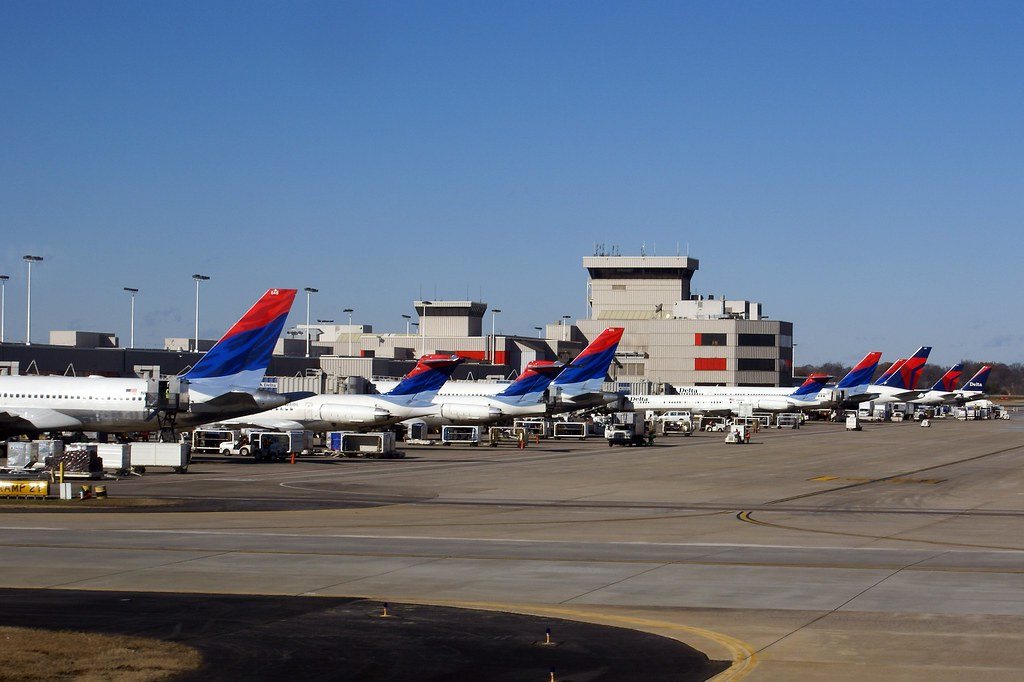(DOHA, QATAR) Doha Hamad International Airport closed September 2025 with steady gains, recording 23,759 aircraft movements and 4.4 million passengers, according to airport performance figures for the month. The totals mark a 3.7% year-on-year rise in aircraft movements from September 2024 and a 5.4% increase in passengers, reflecting continued demand at one of the Middle East’s most prominent hubs.
While the airport is widely recognized for quality and service standards and often ranked among the world’s best, it is not the busiest by overall traffic volumes.

Performance overview
The month’s data places Doha Hamad International Airport firmly in growth mode as major carriers continue to build schedules through the Gulf. The airport’s reputation rests on efficient connections, modern infrastructure, and strong partner networks, especially long-haul operations that draw travelers between Asia, Europe, Africa, and the Americas.
That positioning helped lift throughput even as other global hubs also posted strong numbers. Doha’s consistent service reputation sets it apart, even when absolute capacity trails the busiest giants.
Key September metrics
- Aircraft movements: 23,759 (up from 22,917 in September 2024)
- Passenger volume: 4.4 million passengers (up from 4.2 million a year earlier)
- Year-on-year growth: 3.7% (movements) and 5.4% (passengers)
Comparative context
- Dubai International Airport: over 5.1 million seats in September 2025 (leading international hub by seat capacity).
- Atlanta Hartsfield-Jackson: 5.42 million seats in October 2025 (leading globally when domestic traffic is included).
These comparisons highlight that Doha’s growth is notable, but the scale of its operations still differs from the largest capacity leaders.
What rising volumes mean for travelers
Higher traffic has immediate passenger-facing effects:
- Busier terminals during peak waves, which can mean fuller concourses and longer lines at check-in, security, and boarding.
- Hamad International’s design choices—ample space, clear wayfinding, and strong transfer support—often soften these pressure points.
Transit travelers benefit when growth aligns with reliable connection windows. The airport’s layout supports short transfer times for many itineraries, especially long-haul connections. Ambitious schedules demand tight coordination, and the month’s increases suggest airlines and airport teams are aligning operations to keep connections flowing.
For travelers with special needs (families, elderly passengers, or those on tight itineraries), small service elements matter most: clear signage, helpful staff, and quick rerouting options when disruptions occur. September’s figures signal that Hamad International’s operations teams had the capacity to absorb more passengers while maintaining performance.
Airlines monitor two hub indicators closely:
- On-time performance
- Gate availability
An uptick to 23,759 aircraft movements implies more turns, greater coordination with ground services, and careful slot management. When those elements align, passengers see smoother boarding and quicker taxi times.
Industry implications and strategy
From an industry standpoint, the Middle East’s aviation strategy still centers on connecting regions with one-stop journeys. Doha’s growth fits that model and reflects sustained demand for long-haul travel, even as some markets recalibrate capacity after earlier shocks to international mobility.
Airport investments worldwide—in terminals, airfield upgrades, and digital tools—aim to improve flows and resilience. Doha’s gains indicate passengers continue to reward airports that pair efficient operations with strong connectivity.
Practical advice for travelers
- Allow extra time during peak periods for check-in, security, and transfers.
- Review official guidance before travel via the Qatar Civil Aviation Authority: https://caa.gov.qa
- Expect smoother transfers when airlines and airport services are well coordinated; however, be prepared for busier terminals during growth phases.
September’s growth shows a hub on track: expanding at a measured pace while maintaining the characteristics—clean facilities, strong transfer support, and reliable service—that many travelers prioritize over raw scale.
Summary
- Doha Hamad International Airport reported 23,759 aircraft movements and 4.4 million passengers in September 2025.
- Growth rates were 3.7% (movements) and 5.4% (passengers) year-on-year.
- Dubai leads international seat capacity; Atlanta leads overall capacity, but Doha remains a high-service hub valued for efficient connections.
For many passengers, that combination of growth and service is exactly what matters when every hour in transit counts.
This Article in a Nutshell
Doha Hamad International Airport reported growth in September 2025 with 23,759 aircraft movements and 4.4 million passengers, up 3.7% and 5.4% year-on-year respectively. The increases reflect sustained demand for long-haul and connecting travel through Doha’s hub network. While Dubai and Atlanta lead in seat capacity and overall volume, Hamad International remains notable for its operational quality, efficient connections, and passenger experience. Higher traffic brings busier terminals and potential longer lines, but the airport’s design and coordination with airlines help maintain transfer efficiency. Travelers should plan extra time during peak periods; authorities and airlines continue aligning operations to preserve smooth connections.












